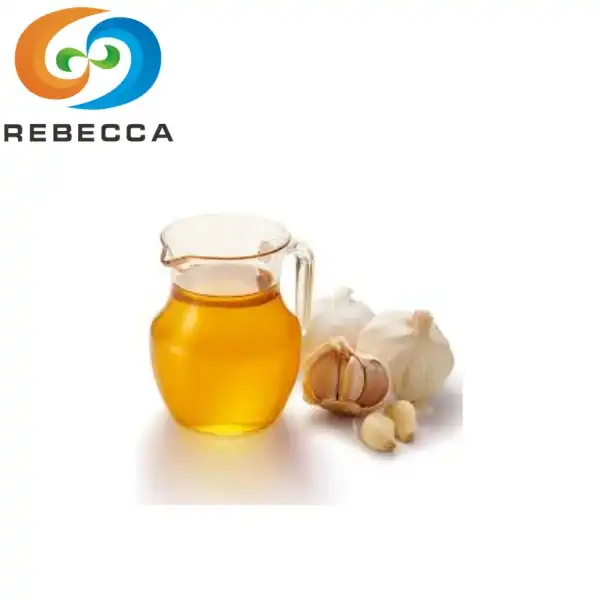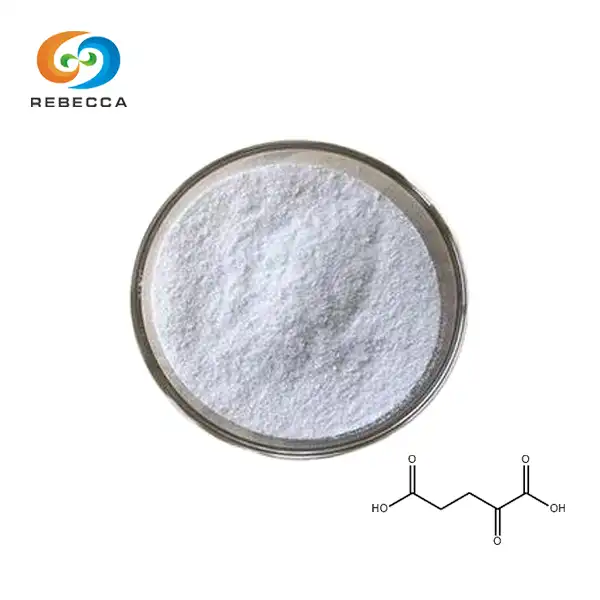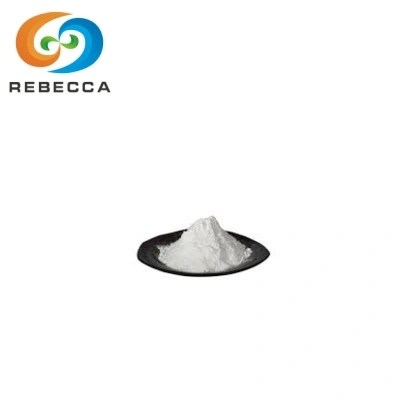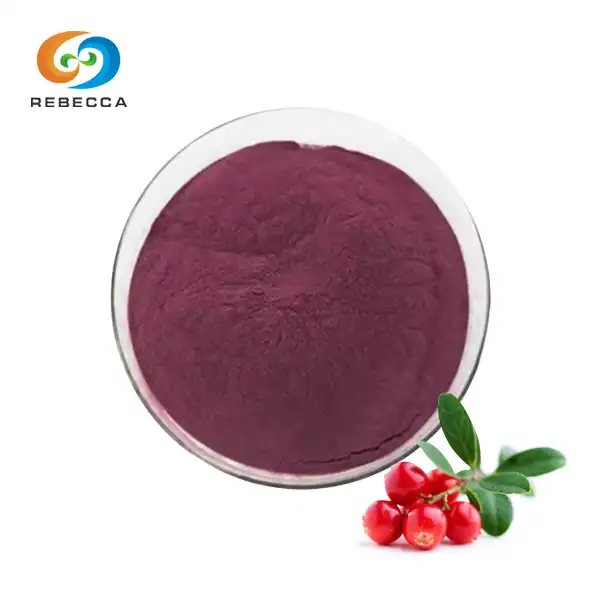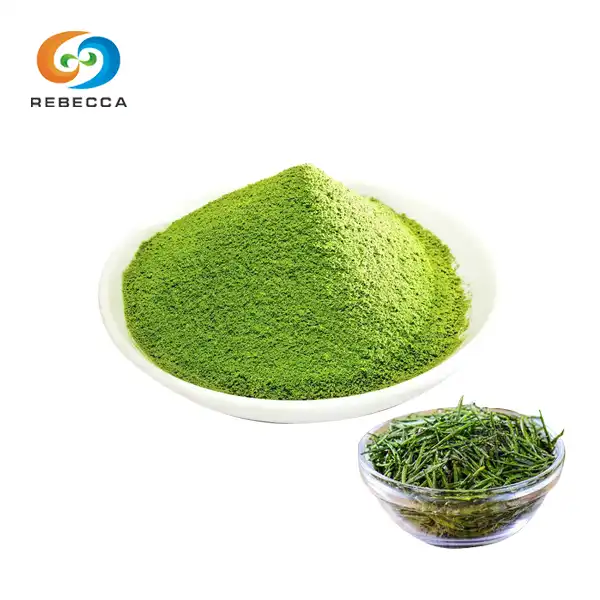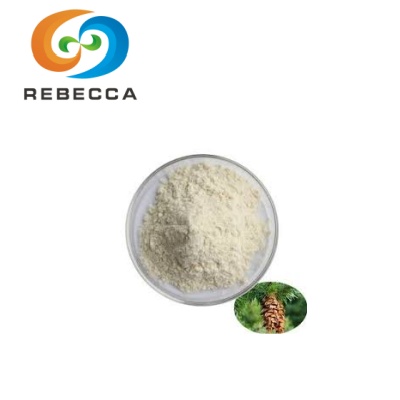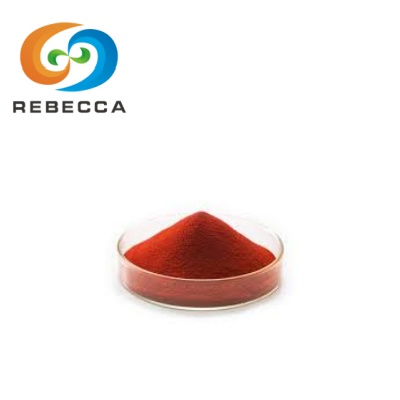What are the ingredients in gotu kola extract?
Gotu kola (Centella asiatica) is a herbaceous plant that has been used for centuries in traditional medicine systems across Asia. The extract derived from this plant has gained popularity in recent years due to its potential health benefits. But what exactly makes up gotu kola extract? In this comprehensive guide, we'll explore the key ingredients found in gotu kola extract, how they're obtained, and the potential health benefits associated with these compounds.
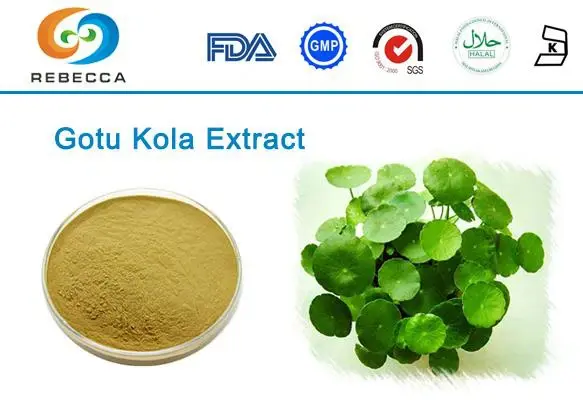
Active Ingredients in Gotu Kola Extract
Gotu kola extract contains a variety of bioactive compounds that contribute to its therapeutic properties. The main active ingredients include:
1. Triterpenoids
Triterpenoids are the primary active compounds in gotu kola extract. The most important triterpenoids found in gotu kola are:
- Asiatic acid: This compound has been shown to possess anti-inflammatory, antioxidant, and neuroprotective properties.
- Madecassic acid: Known for its wound-healing and anti-inflammatory effects.
- Asiaticoside: This glycoside has been studied for its potential to improve collagen synthesis and wound healing.
- Madecassoside: Another glycoside that has demonstrated anti-inflammatory and antioxidant activities.
2. Flavonoids
Flavonoids are plant-based compounds with antioxidant properties. Gotu kola extract contains several flavonoids, including:
- Quercetin: A powerful antioxidant with potential anti-inflammatory and anti-allergic effects.
- Kaempferol: Known for its antioxidant and anti-inflammatory properties.
- Rutin: This flavonoid has been studied for its potential cardiovascular benefits.
3. Phenolic Compounds
Gotu kola extract also contains various phenolic compounds, which contribute to its antioxidant properties. These include:
- Chlorogenic acid: A potent antioxidant that may help regulate blood sugar levels.
- Caffeic acid: Known for its antioxidant and anti-inflammatory effects.
4. Essential Oils
While present in smaller quantities, the essential oils in gotu kola extract contribute to its overall therapeutic profile. These include:
- α-pinene: A terpene with potential anti-inflammatory and antimicrobial properties.
- β-caryophyllene: Known for its anti-inflammatory and analgesic effects.
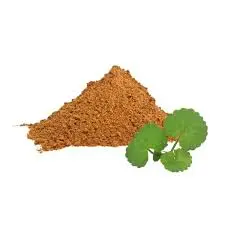
How the Extraction Process Affects Ingredients?
The method used to extract compounds from gotu kola plants can significantly impact the final composition of the extract. Various extraction techniques are employed, each with its own advantages and limitations:
1. Solvent Extraction
This is one of the most common methods used to obtain gotu kola extract. It involves using solvents like ethanol or water to dissolve and extract the active compounds. The choice of solvent can affect which compounds are extracted and in what quantities.
- Ethanol extraction: This method is effective at extracting a wide range of compounds, including both polar and non-polar molecules. It's particularly good at extracting triterpenoids and flavonoids.
- Water extraction: This method is more selective, primarily extracting water-soluble compounds. It may result in lower concentrations of some triterpenoids but can be effective for extracting certain glycosides.
2. Supercritical Fluid Extraction
This advanced technique uses supercritical carbon dioxide as the extraction medium. It's known for producing high-quality extracts with minimal solvent residue. Supercritical fluid extraction can be particularly effective at extracting essential oils and other lipophilic compounds from gotu kola.
3. Ultrasound-Assisted Extraction
This method uses ultrasonic waves to enhance the extraction process. It can improve the yield and reduce the extraction time compared to traditional methods. Ultrasound-assisted extraction may be particularly effective at extracting phenolic compounds from gotu kola.
4. Standardization
After extraction, commercial gotu kola extract powder undergoes a standardization process. This ensures that the final product contains a specific percentage of key active compounds, typically asiaticoside or total triterpenoids. Standardization helps maintain consistency in product quality and potency.
The extraction method and subsequent processing can significantly influence the final composition of gotu kola extract. For example, heat-sensitive compounds may be degraded during certain extraction processes, while others may be selectively concentrated. This is why it's crucial to choose high-quality extracts from reputable sources that use appropriate extraction methods and standardization processes.

Health Benefits Linked to These Ingredients
The diverse array of compounds found in gotu kola extract contributes to its potential health benefits. While more research is needed to fully understand and validate these effects, here are some of the potential benefits associated with the key ingredients in gotu kola extract:
1. Wound Healing and Skin Health
The triterpenoids in gotu kola extract, particularly asiaticoside and madecassoside, have been studied for their potential to promote wound healing and improve skin health. These compounds may:
- Stimulate collagen production
- Enhance skin elasticity
- Promote the formation of new blood vessels (angiogenesis)
- Reduce scarring
These properties make gotu kola extract a popular ingredient in skincare products aimed at reducing the appearance of scars, stretch marks, and cellulite.
2. Cognitive Function and Neuroprotection
Several compounds in gotu kola extract, including asiatic acid and madecassic acid, have demonstrated neuroprotective properties in preclinical studies. Potential benefits include:
- Improved memory and cognitive function
- Reduced oxidative stress in the brain
- Potential protection against neurodegenerative diseases
While more human studies are needed, these findings suggest that gotu kola extract may have potential applications in supporting brain health and cognitive function.
3. Cardiovascular Health
The flavonoids and triterpenoids in gotu kola extract may contribute to cardiovascular health in several ways:
- Improving blood circulation
- Strengthening blood vessel walls
- Potential reduction of high blood pressure
- Possible anti-thrombotic effects
These properties make gotu kola extract a subject of interest in the management of venous insufficiency and other circulatory disorders.
4. Anti-inflammatory and Antioxidant Effects
Many of the compounds found in gotu kola extract, including asiatic acid, madecassic acid, and various flavonoids, possess anti-inflammatory and antioxidant properties. These effects may contribute to:
- Reduced inflammation throughout the body
- Protection against oxidative stress and cellular damage
- Potential immune system support

These properties underlie many of the traditional uses of gotu kola in various medical systems.
If you're considering using gotu kola extract for its potential health benefits, it's crucial to choose a high-quality product from a reputable source. Always consult with a healthcare professional before adding any new supplement to your regimen, especially if you have existing health conditions or are taking medications.
Ready to experience the benefits of high-quality gotu kola extract? contact us today at information@sxrebecca.com to learn more about our premium gotu kola extract powder and how it can enhance your products or supplement regimen. Our team is committed to providing you with the finest botanical extracts, backed by rigorous quality control and scientific expertise.
References:
- Gohil KJ, Patel JA, Gajjar AK. Pharmacological Review on Centella asiatica: A Potential Herbal Cure-all. Indian J Pharm Sci. 2010.
- Bylka W, Znajdek-Awiżeń P, Studzińska-Sroka E, Brzezińska M. Centella asiatica in cosmetology. Postepy Dermatol Alergol. 2013.
- Gray NE, Magana AA, Lak P, et al. Centella asiatica: phytochemistry and mechanisms of neuroprotection and cognitive enhancement. Phytochem Rev. 2018.
- Chong NJ, Aziz Z. A Systematic Review on the Chemical Constituents of Centella asiatica. Res J Pharm Technol. 2011.
- Chandrika UG, Prasad Kumarasinghe PA. Gotu Kola (Centella asiatica): Nutritional Properties and Plausible Health Benefits. Adv Food Nutr Res. 2015.
